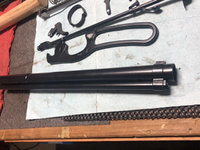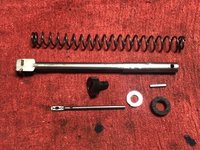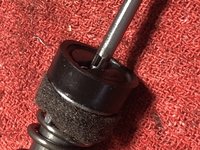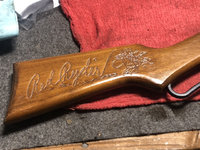*** NOTE: If you are offended by guns, firearms, and the Second Amendment, please DO NOT read this post. ***
This afternoon I had an enjoyable 90 minutes or so out in the shop. This was to field-strip and maintain/lubricate my 1914 model Luger, made in 1917 at the Erfurt Arsenal in Germany. This is a 7.65 caliber Luger, often called ".30 caliber Luger," which was the original caliber that the Luger was designed in the 1890s to use.
This cartridge was later enlarged to 9 x 19 mm, for the Luger, and this is the "classic" 9mm cartridge that is still produced to this day, and is commonly found in many police and US military sidearms. The 9mm Luger round is also called the "9mm Parabellum" -- para bellum literally the Latin words meaning "For War."
Here you can see a standard 9mm Parabellum round on the left, and a .30 Luger round on the right. Observe that the .30 Luger is "necked down" toward the top of the brass cartridge, and that the bullet is considerably smaller in diameter.
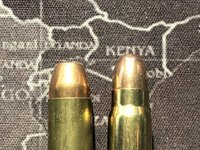
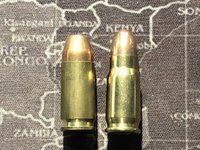
This particular .30 Luger ammunition is difficult to get, and only a couple of companies make it. Of course, many billions of regular 9mm Parabellum rounds are made every year.
This Luger I own, which I inherited from my grandfather, is a World War 1 model, and it has Germany military stamps struck into it, meaning that it was accepted by the German Imperial Army (Kaiser Wilhelm's army) as a service weapon.
So, let's get a little bit into stripping it down, for maintenance. I'm going to go slightly beyond just a basic "field strip" here, and show you a few other items. However, I am NOT going to remove the safety lever, the magazine release button, or a few other items associated with the rear toggle mechanism.
First, here's a photo of the Luger, immediately before commencing disassembly. Before you begin, you need to triple-check that the pistol is not loaded, both by removing and visually inspecting the magazine to ensure that contains no bullets; and also to cycle the pistol's toggle upward and back, to expose the firing chamber. You want to make sure there are no bullets in the chamber, or in the magazine. As mentioned, do both of these checks three times to make sure.

The first step is to release the magazine, and remove it from the pistol's grip. Note that this is a single-stack magazine, and only holds eight rounds. Typical for the era.

Next, let's take a look at a couple of items on the gun. First, the takedown lever, which is just above and forward of the trigger. The takedown lever is rotated downward to release the pistol's slide, for disassembly. We will do that in a minute.

Next, here is the pistol's safety lever. Notice the word "GESICHERT" that is exposed when the lever is rotated downward. This is the German word for "Secured" ... or basically, translated into English gun terms, "Safe."
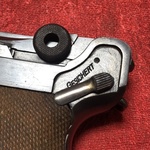
The next step is to flip the takedown lever 90 degrees downward.

Flipping the lever downward releases the trigger plate, which is lifted off of the side of the pistol.
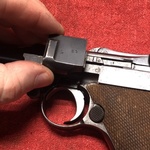
From there, you turn the pistol so that its muzzle is pointing upward, and you then move the slide and barrel assembly upward (forward) to remove it from the handle and trigger assembly. Note that the toggle hook, which hangs down in the photo below, must clear the toggle and action as you slide it forward.
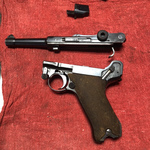
Next, you press the trigger assembly to the side, and out of the lower assembly, with your fingers from the right side of the gun to the left. It should come right out.

Then it is time to remove the wooden handle grips. Each grip is held onto the gun's frame by a single flat-blade screw at the bottom of the grip. After removing the screw, then carefully lift each grip off of the pistol's frame.
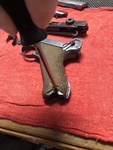
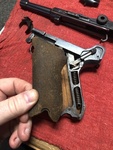
You will then see the pistol's toggle spring exposed inside the handle and frame. This is an important element of the gun's design, and is pretty much only found on the Luger.

The next step is to release the bolt and toggle assembly from the upper slide and receiver. This is done by pressing out the large pin at the rear of the upper slide. It presses out from the right side, and should easly press out with your finger. Note that the left side of the pin has a lip, which fits into a machined hole in the left side of the upper slide for re-assembly.
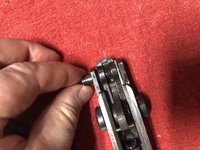
This is what the gun looks like, almost totally disassembled.

Next, take a look at the bolt assembly. The firing pin is held inside the bolt by spring tension, and a small screw with a tang that is rotated 90 degrees to retain the spring. Rotating this screw with a flat-blade screwdriver releases it and the spring, and you can then pull out the screw/spring/firing pin assembly for inspection.

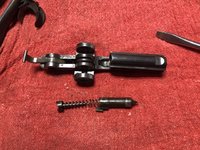
Here is the spring/firing pin assembly. It looks to be in good condition, fortunately. The second photo is a close-up of the firing pin.


The next photo is everything disassembled, and ready for a wipedown, lubrication, and re-assembly.
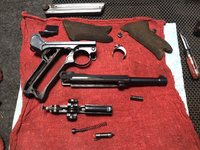
Most of the way through re-assembly, with the slide and receiver mechanism back on the pistol. The second photo is a close-up of the toggle hook, where it latches into the bracket that is attached to the toggle spring in the handle.
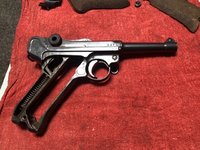

And here is the pistol, totally lubricated, re-assembled, and ready for use. This weapon is eminently controllable, falls naturally in the hand, and is one of the most easy to aim and fire handguns ever made. The Luger is an excellent example of German innovation and engineering, and was ahead of its time. The Luger was one of the very first semi-automatic pistols ever made.
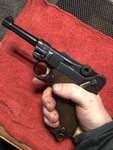
Cheers,
Gerry

 www.fox5dc.com
www.fox5dc.com








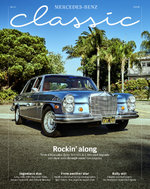
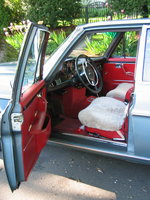
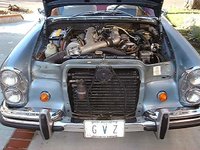


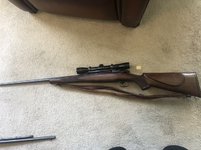
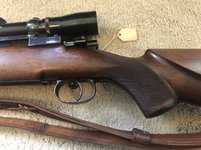




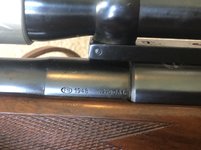
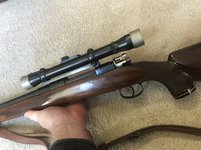


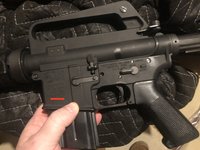


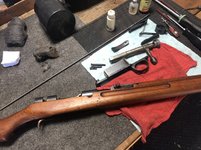



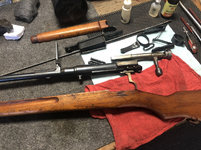





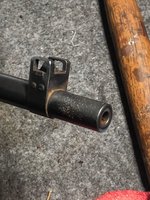






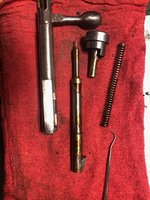

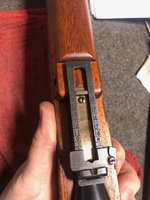
































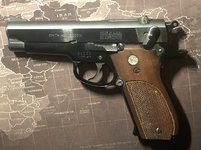

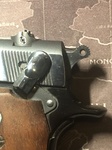
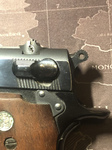


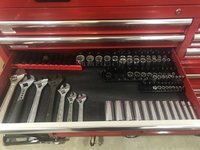


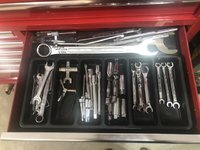





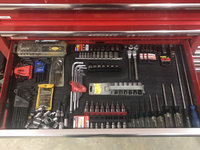
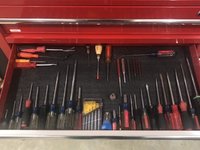






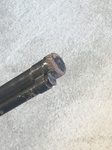

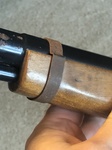





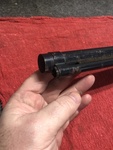
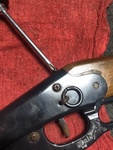




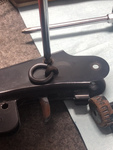

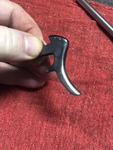
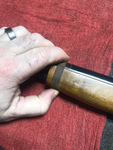

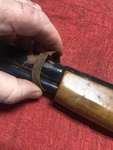
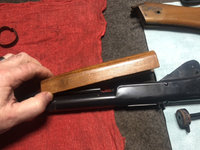
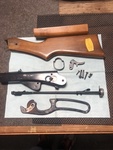
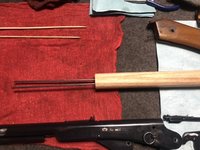

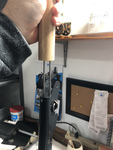



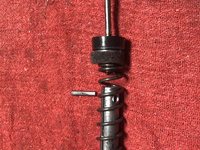
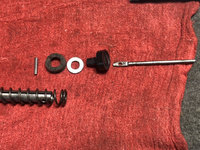

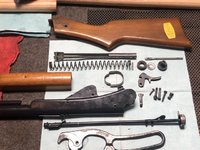
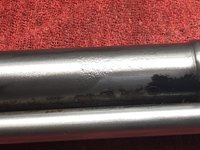



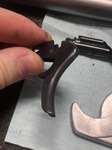



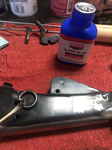




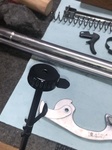


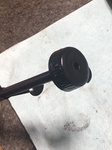

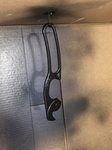
![[500Eboard] 6C3B4B4E-AE35-401D-8261-957A4EE74C89.jpg [500Eboard] 6C3B4B4E-AE35-401D-8261-957A4EE74C89.jpg](https://www.500eboard.co/forums/data/attachments/121/121609-9f17b9bf6f9c3c74cd980236d49f8732.jpg?hash=nxe5v2-cPH)
![[500Eboard] 9FE35EC0-F9E8-4273-A53A-3C27858C6959.jpg [500Eboard] 9FE35EC0-F9E8-4273-A53A-3C27858C6959.jpg](https://www.500eboard.co/forums/data/attachments/121/121610-32c3a4bfd46009c329ae2fb92d317cea.jpg?hash=MsOkv9RgCc)
![[500Eboard] B2B93105-96EA-44DD-86F8-9E387B7A5D01.jpg [500Eboard] B2B93105-96EA-44DD-86F8-9E387B7A5D01.jpg](https://www.500eboard.co/forums/data/attachments/121/121611-90d7e7007c1b27776bbb2d2f213fb18e.jpg?hash=kNfnAHwbJ3)


